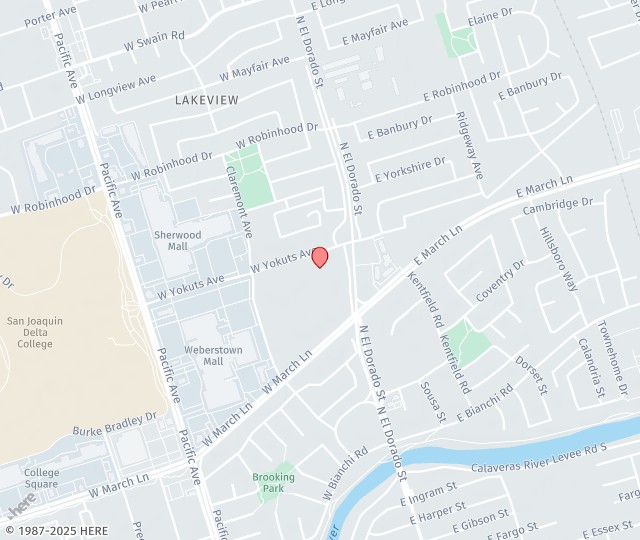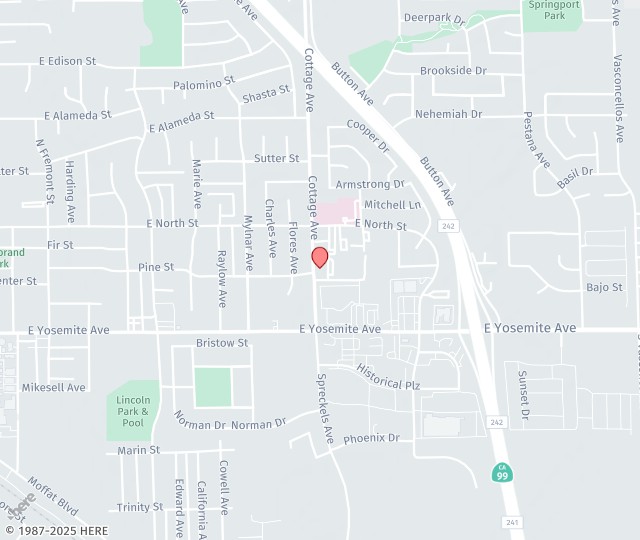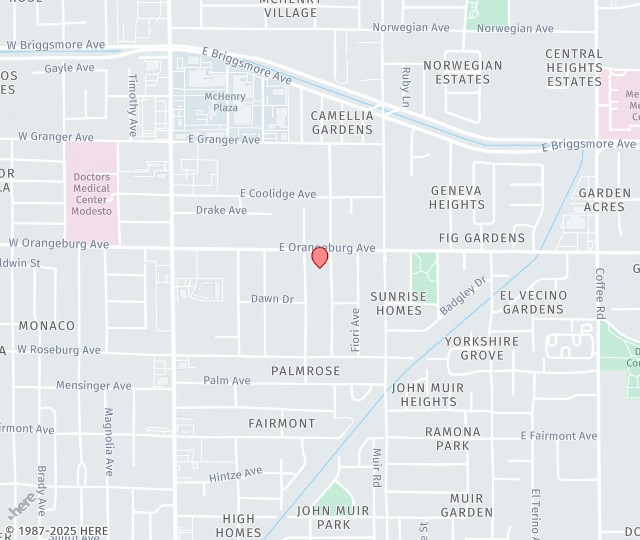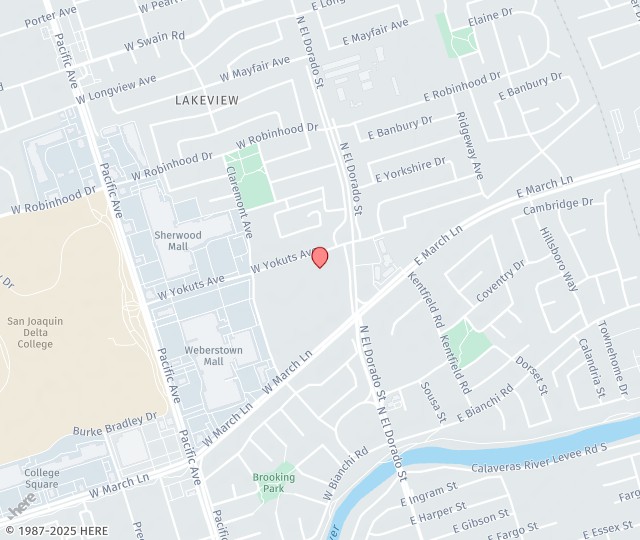 On a sunny clear winter day here in the Central Valley, it seems you can see forever. Just like the song. Sometimes on one of those clear days when you’re looking up at the clear blue sky you notice squiggly lines, spots, or cobwebs floating about seemingly in front of your eyes. You’ve seen them before, but they are much more noticeable today when you’re looking at that clear blue-sky background.
On a sunny clear winter day here in the Central Valley, it seems you can see forever. Just like the song. Sometimes on one of those clear days when you’re looking up at the clear blue sky you notice squiggly lines, spots, or cobwebs floating about seemingly in front of your eyes. You’ve seen them before, but they are much more noticeable today when you’re looking at that clear blue-sky background.
What are those things moving about in front of your eyes, and should you be worried about them?
What you’re seeing are “floaters” and about three quarters of people see them. Usually, they’re harmless and don’t need any attention, but in some patients they could be a sign of vitreous detachment.
Here’s a brief primer on floaters from the team at Central Valley Eye Medical Group.
What causes floaters?
When you see a floater, it seems like it is right in front of the lens of your eye. But they are actually shadows cast by objects suspended in the clear, gel-like substance that makes up the vitreous humor, which is the majority of what’s in your eye’s interior. The vitreous helps maintain the eye’s round shape; it keeps the eyes from collapsing inward.
You see floaters because focused light passes through the lens of your eye heading for the back of the eye, the retina. The retina has photosensitive cells called rods and cones that take the light energy and convert it into signals that are carried to the brain by the optic nerve. Problem is, before the light gets to the retina it has to pass through the vitreous, where the globs and lines are floating around. So, the light passes through and creates shadows.
Floaters are normally clumps of protein in the vitreous gel. These stringy clusters look like transparent circles, worms, tadpoles, or whatever your imagination makes them out to be. They are a permanent part of your eye, once clumped together.
More with age
With age, we have less of some things, such as hair on our heads and thickness in our skin. But we have more of other things, such as joint pain…and floaters. As we age, the vitreous gel shrinks. As it pulls away from the retina, bits of debris can enter the gel and become new floaters. These floaters look like cobwebs.
Regular exams make sure they’re just floaters
While most floaters are just a part of being human, sometimes they can point to more serious retinal problems such as holes, tears, or detachment. That’s why it’s important to get regular eye exams, yearly after you hit 55 or so. As part of your eye exams, we use special instruments that can look at the retina and the vitreous to distinguish between the harmless globs of protein and more serious issues.
If you believe you have a series of new floaters, or if you’re seeing persistent flashes, we should see you at one of our three Central Valley Eye Medical locations in Stockton, Modesto, or Manteca. Call us at (800) 244-9907 to make your appointment.



